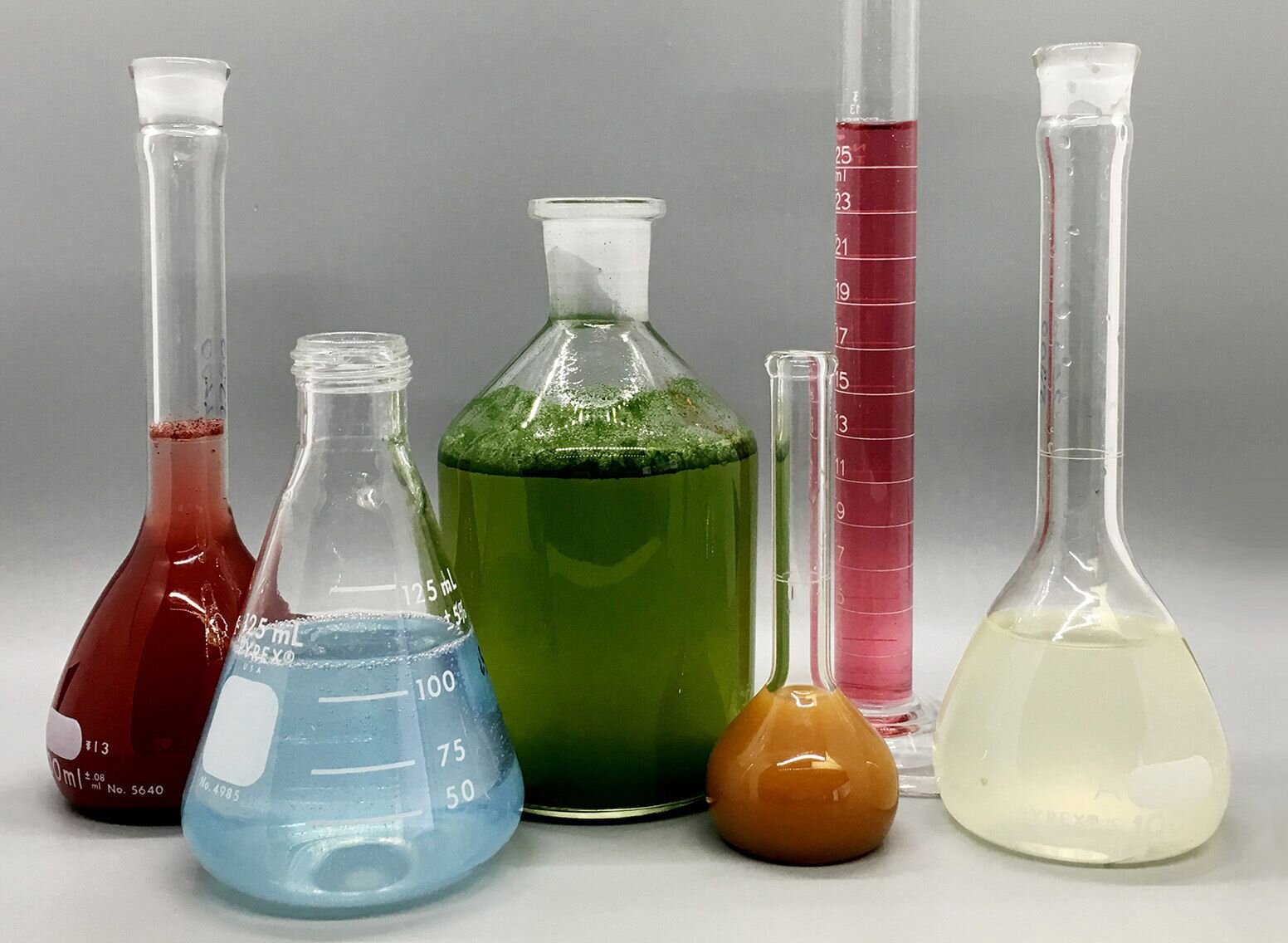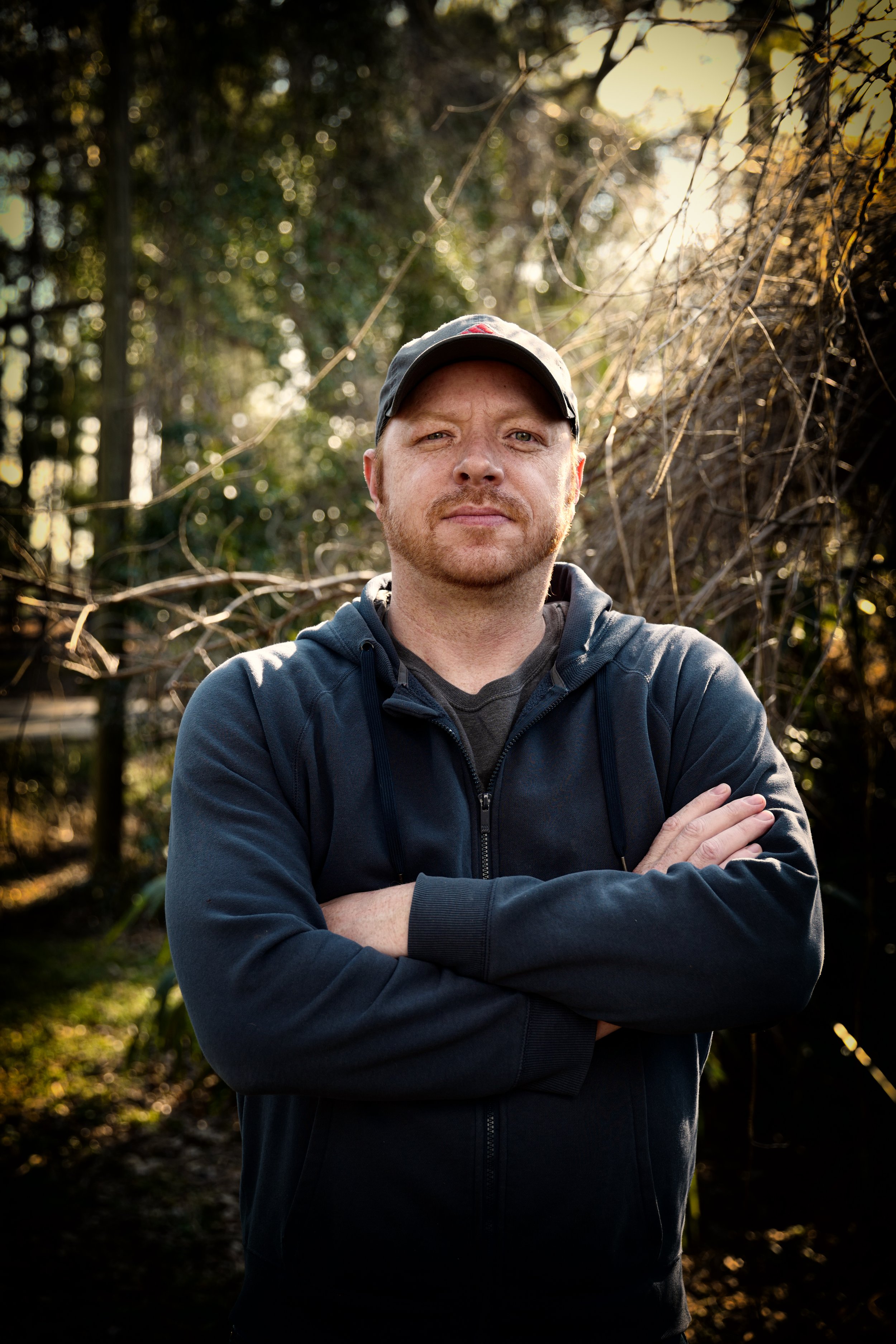How Circularly Polarized Luminescence can Save You Time, Stress, and Money.
How Circularly Polarized Luminescence can Save You Time, Stress, and Money.
Blog Article
What Does Uv/vis/nir Mean?
Table of ContentsThe Ultimate Guide To Uv/visThe Ultimate Guide To Circular DichroismSome Ideas on Uv/vis/nir You Need To KnowThe 10-Minute Rule for Circular DichroismUv/vis/nir Fundamentals Explained

Spectrophotometry is a tool that hinges on the quantitative analysis of molecules depending on how much light is soaked up by colored compounds.
The Buzz on Uv/vis/nir
A spectrophotometer is frequently utilized for the measurement of transmittance or reflectance of solutions, transparent or opaque solids, such as polished glass, or gases. Lots of biochemicals are colored, as in, they absorb noticeable light and for that reason can be measured by colorimetric treatments, even colorless biochemicals can typically be converted to colored compounds ideal for chromogenic color-forming responses to yield compounds suitable for colorimetric analysis.: 65 Nevertheless, they can also be developed to determine the diffusivity on any of the listed light ranges that typically cover around 2002500 nm using different controls and calibrations.
An example of an experiment in which spectrophotometry is utilized is the decision of the balance constant of a service. A particular chemical reaction within a solution might happen in a forward and reverse instructions, where reactants form items and products break down into reactants. At some time, this chain reaction will reach a point of balance called a stability point.
The Ultimate Guide To Circular Dichroism
The amount of light that goes through the solution is indicative of the concentration of certain chemicals that do not allow light to travel through. The absorption of light is because of the interaction of light with the electronic and vibrational modes of molecules. Each kind of molecule has a private set of energy levels connected with the makeup of its chemical bonds and nuclei and therefore will absorb light of specific wavelengths, or energies, leading to distinct spectral homes.
They are commonly utilized in numerous markets consisting of semiconductors, laser and optical production, printing and forensic evaluation, as well as in labs for the study of chemical compounds. Spectrophotometry is frequently used in measurements of enzyme activities, decisions of protein concentrations, determinations of enzymatic kinetic constants, and measurements of ligand binding reactions.: 65 Ultimately, a spectrophotometer is able to figure out, depending on the control or calibration, what substances are present in a target and precisely how much through estimations of observed wavelengths.
Created by Arnold O. Beckman in 1940 [], the spectrophotometer was created with the aid of his coworkers at his business National Technical Laboratories founded in 1935 which would become Beckman Instrument Business and ultimately Beckman Coulter. This would come as an option to the previously created spectrophotometers which were unable to absorb the ultraviolet properly.
5 Simple Techniques For Circularly Polarized Luminescence
It would be discovered that this did not give satisfactory results, for that reason in Design B, there was a shift from a glass to a quartz prism which permitted much better absorbance outcomes - spectrophotometers (https://www.startus.cc/company/olis-clarity). From there, Model C was born with an adjustment to the wavelength resolution which wound up having 3 systems of it produced
It was produced from 1941 to 1976 where the price for it in 1941 was US$723 (far-UV devices were an option at additional cost). In the words of Nobel chemistry laureate Bruce Merrifield, it was "probably the most crucial instrument ever developed towards the development of bioscience." Once it ended up being stopped in 1976, Hewlett-Packard produced the first commercially available diode-array spectrophotometer in 1979 referred to as the HP 8450A. It irradiates the sample with polychromatic light which the sample absorbs depending on its residential or commercial properties. Then it is transferred back by grating the photodiode selection which discovers the wavelength area of the spectrum. Considering that then, the creation and execution of spectrophotometry devices has increased exceptionally and has turned into one of the most ingenious instruments of our time.

The Buzz on Circularly Polarized Luminescence
The grating can either be movable or repaired.
In such systems, the grating is repaired and the strength of each wavelength of light is determined by a various detector in the selection. In addition, most modern mid-infrared spectrophotometers use a Fourier change strategy to acquire the spectral information - https://www.cgmimm.com/arts-entertainment/olis-clarity. This method is called Fourier change infrared spectroscopy. When making transmission measurements, the spectrophotometer quantitatively compares the fraction of light that passes through a reference service and a test service, then electronically compares the intensities of the 2 signals and calculates the portion of transmission of the sample compared to the referral requirement.

Report this page